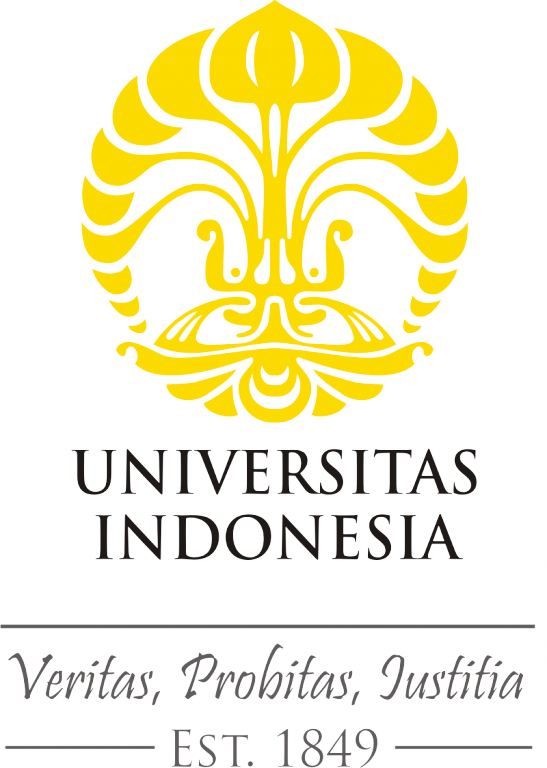
Universitas Indonesia


| Call Number | SK-2293 (Softcopy SK-1775) |
| Collection Type | Skripsi |
| Title | Iterative Redesign and Usebility Testing of my First Media Self-Service: Applying Nielsen's Poisson Model to Identify Usability Problems |
| Author | Josephine Ceria; |
| Publisher | Depok, Fasilkom UI, 2024 |
| Subject | Usability Testing |
| Location | FASILKOM-UI; |
| Nomor Panggil | ID Koleksi | Status |
|---|---|---|
| SK-2293 (Softcopy SK-1775) | TERSEDIA |
Name : Josephine Ceria Study Program : Computer Science Title : Iterative redesign and usability testing of my first media self-service website: applying Nielsenís Poisson model to identify usability problems Counselor : Prof. Harry Budi Santoso, S.Kom., M.Kom., Ph.D. Dr. Eng. Lia Sadita, S.Kom., M.Eng. In this digital age, most of the human population relies on the internet for a significant portion of their lives. As a response to the growing demands, there has been a noticeable increase in telecommunications companies actively working to cater to these needs. First Media has developed a self-service website portal called My First Media. However, some users still encounter challenges when navigating the site. This research is done to identify and solve the usability problems of the My First Media website by revamping its functionality using iterative usability testing that aims to evaluate and improve on the site's overall usability and also shed light towards the complex subject of usability testing. This research utilizes a Poisson mathematical model introduced by Jakob Nielsen and Thomas K. Landauer. The model guided the iterative usability testing methodology, optimizing the approach through three iterations and 5 users for each iteration. An additional experimental change was also adopted by inviting the same participants for the first and second iterations and introducing new participants for the third. This choice aims to explore the impact of user familiarity on usability testing outcomes. Key interface usability issues, such as navigation difficulties, confusing menu structure, and unintuitive elements identified in initial usability tests, were addressed in subsequent prototypes. Initial findings revealed notable usability issues, evidenced by a System Usability Scale (SUS) score of 36.3, pointing towards significant room for improvement. This quantitative analysis was supplemented by moderated usability testing across three iterations. The first usability testing iteration had an average completion time of 80.07 seconds and a complete success rate of 68.9%. The second usability testing iteration done with the same set of five participants from the first iteration had a reduced average time of 38.11 seconds and a success rate of 97.8%. The third usability testing iteration done with a new set of five participants had an average time of 27.51 seconds and a success rate of 100%. These improvements indicate a clear progression in usability and efficiency, affirming the effectiveness of the iterative design process proposed in the model. Overall, the study significantly advanced the website's usability and also offers insights for future research. Keywords: Usability Testing, Usability Problems, Usability Engineering, Interface, Self-Service Website, Poisson Model, Iterative Testing, User-Centered Design, Concurrent Thinking Aloud (CTA), Iterative Design.